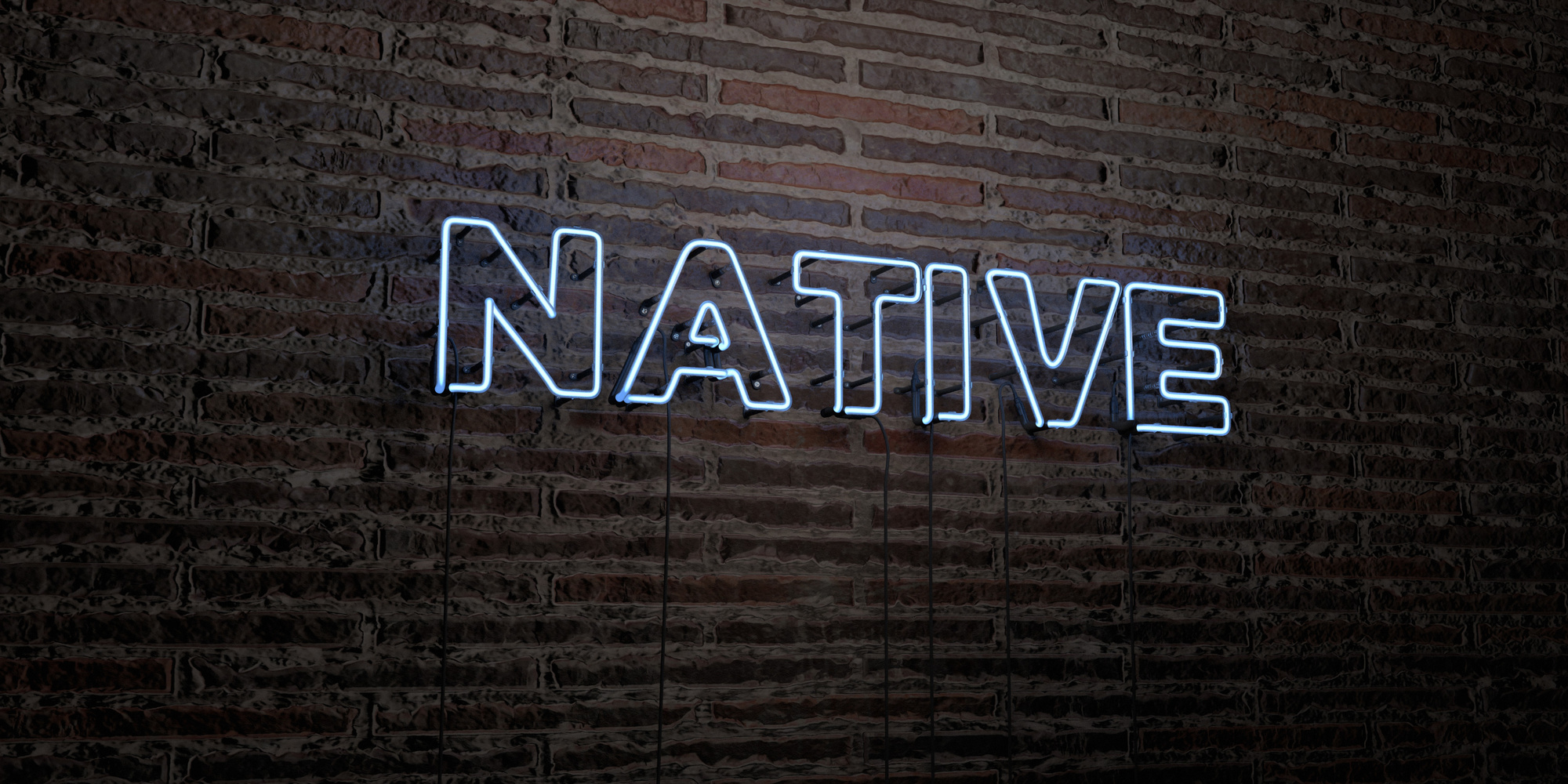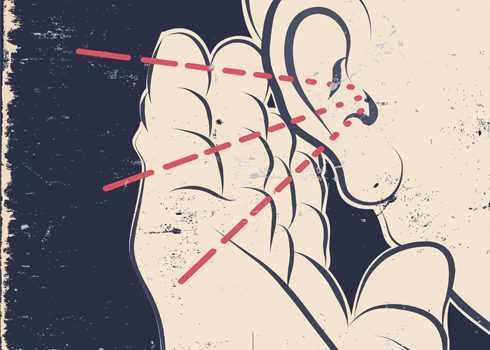The Top 10 Benefits of Hiring a Professional Marketing Agency
Most business owners start their own companies because they have a passion for what they do. Hey, that's what we did. But that doesn't mean they are adept at performing all the duties associated with…
Why You Need to Start Using Account-Based Marketing Tactics
Have you noticed that your current marketing strategies seem to be losing steam? Are you looking for more ways to learn how to cross-sell and upsell to your current clients? Concerned that you're not…
6 Digital Advertising Trends That Will Continue Into 2019
Chatbots, AI, omnichannel, banner ads - what's going to be the next trend in digital marketing? Trying to keep up with the latest digital advertising trends is enough to make your virtual head spin.…
Understanding Psychology in Advertising
Did you know that you are often secretly coerced into your buying decisions? We're about to expose the techniques advertisers use on you each day. Understanding psychology, as used in advertising,…
Digital Advertising Strategies that can work wonders
The digital market is a new frontier for most marketers. Although digital advertising has grown tremendously within the last decade, many companies still don't have a solid digital marketing…
Benefits of Native Advertising for Ecommerce Promotion
It's official: companies are now spending more on digital ads than traditional ads. If you're running an e-commerce company, this might seem like a no-brainer. But if you're unaware of the benefits…
How to Find the Best Tampa Advertising Agency
Deciding to hire an advertising agency is a big step for your company. The results that can come from a campaign crafted by industry experts can mean big growth for your business. It's an exciting…
The Secret to a Great Agency + Client Relationship
How many times have you heard that? That there’s no “I” in team. The reality is you rarely accomplish something solo. The people around you–whether working directly or indirectly–give you the…
What Every Client Wants to Hear
I can’t tell you how many articles I’ve read that talk to what “every young account person should know.” The reality is we all need a swift kick in the keister once in a while – whether you’ve been…










